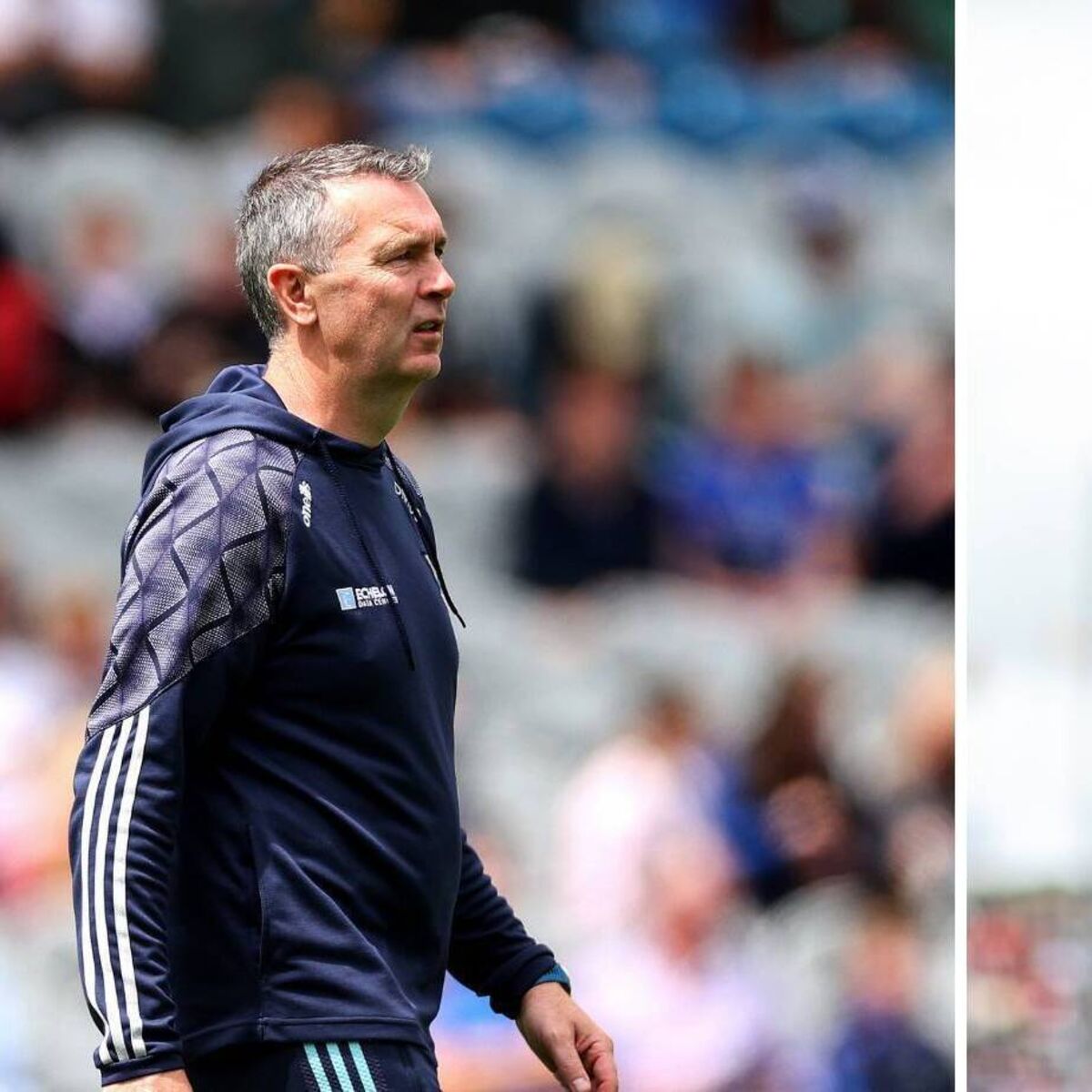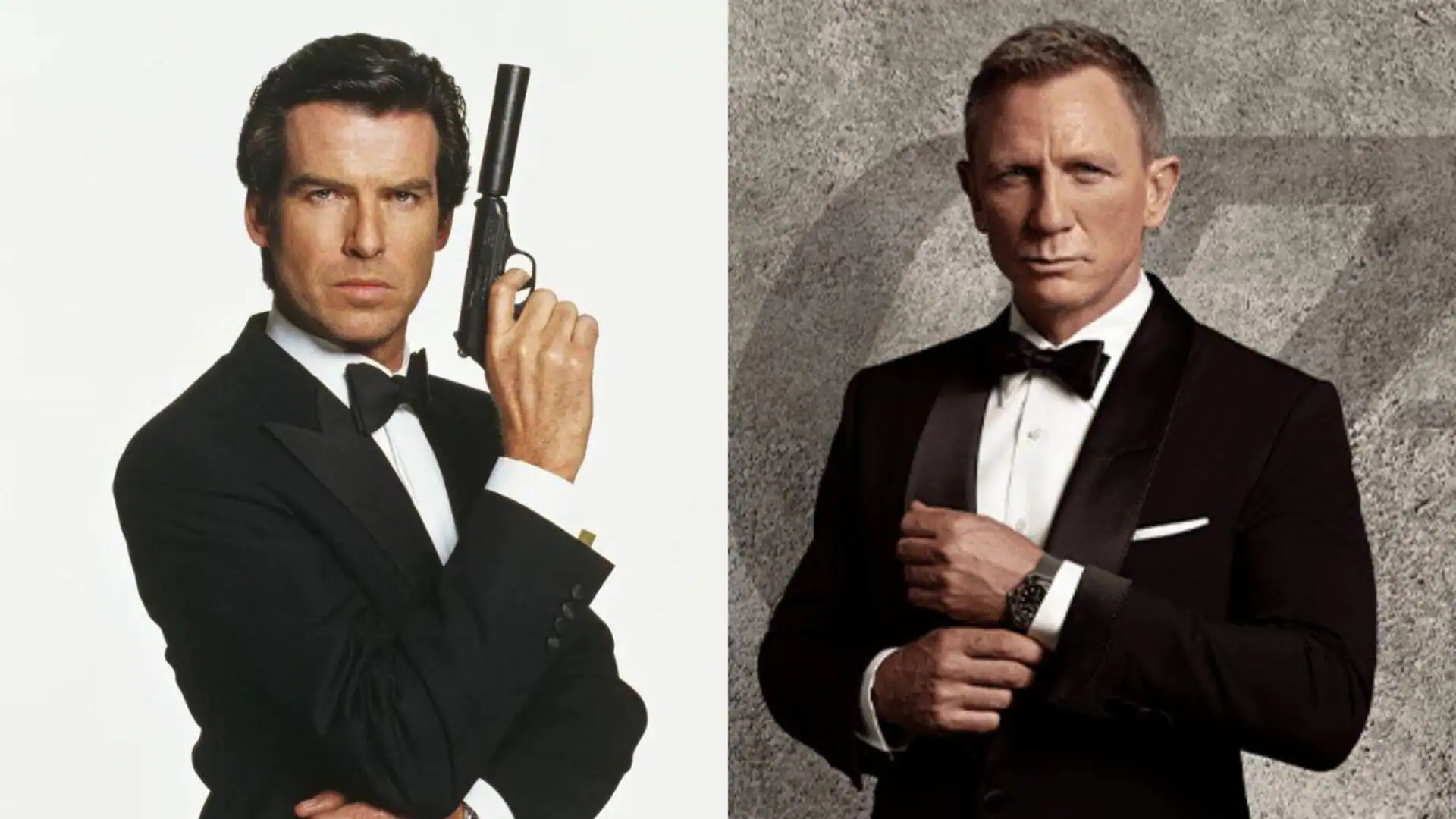By Irishexaminer.com,John Fogarty
Copyright irishexaminer

The functioning of the clock/hooter will be decided by Central Council but the use of the technology will be voted on at Special Congress in Croke Park on Saturday.
Ahead of it, the FRC arranged a meeting on Tuesday evening to answer questions from counties, although those queries are usually made and answered at the Congress gathering. Counties had been asked to send in their questions in advance.
None of the rule changes proposed by the FRC has had as many teething problems as the public clock, which was initially supposed to count down as is the case in ladies football only for a technical glitch and now counts up.
It was also to operate in more league and championship games but for logistical reasons only operated in the finals of Division 3 and 4 and the latter part of Division 2 and largely televised matches in the championship.
For the final two rounds of the league in Division 1 and 2, play was permitted to continue after the sounding of the hooter until the ball went dead for a score, wide or sideline kick. That followed a controversy in the Division 2 Westmeath-Meath game in Mullingar where the hosts claimed Meath scored their winning goal after the siren.
In this year’s Ulster SFC quarter-final, Monaghan were unaware that they could not play on from a sideline kick after the hooter. Manager Bannigan fully accepts they should have known the rule and played the ball quicker but feels the communication of the clock needs to be improved.
“If they’re going to go with it, there has to be clarity about how it’s going to work. I think in terms of when the ball is in play and the dead-ball situations, as long as it’s clear what happens then fair enough.
“But the visibility of the clock and knowing what time is remaining is an issue. Croke Park, there is such a big screen. It’s not realistic to have that in every venue in the country but that is an issue.”
McConville wants the existing interpretation of the rule that allowed David Clifford to kick two-pointer after the hooter before half-time in the All-Ireland final to be retained.
“The reason why I like the last play is because I just think it added to it. I’d rather watch that in a game. Now, whether I’d rather manage it in a game is a completely different thing, but I like watching the game, the drama, and how both teams set up.”
McConville felt Division 1 and 2 teams were given a distinct advantage over lower-tier teams because of their exposure to the clock/hooter in the league. He hopes that disparity doesn’t continue into 2026.
“We’re doing it in club games now, so it’s not that difficult to implement. Last year, I felt it was massively skewed in favour of Division 1 and Division 2 teams because we had no exposure to it.”
Both McConville and Bannigan are largely in favour of the rule changes. The latter is happy to see the two-point free from outside the 40-metre arc being retained. “People might say, ‘Oh yeah, he would say that because he has Rory Beggan.’
“I think what the rules are designed to do is to make it a more exciting game, a more attacking game and allow the most skilful players in the game to express themselves.
“And therein lies a challenge for players, coaches, managers, etc. to coach the game and practice for the game accordingly. So if you don’t have a man that can kick the ball off the ground over the bar consistently from distance, well that’s something that needs to be developed.”
McConville is happy that teams have become acquainted with the changes. “It was suck it and see for a lot of last season. This time around, we have a bit more time to plan. Having spoken to a few other guys at inter-county level, they have a few ideas about how to try and control the game more next year.”
At this moment in time, neither are overly keen on a four-point goal, something the FRC are not recommending but advising the GAA to possibly consider in the future. “I do understand the relevance of it and people going for goals a bit more but I think we’ve had a lot of radical changes,” McConville adds.



